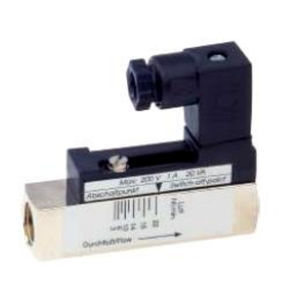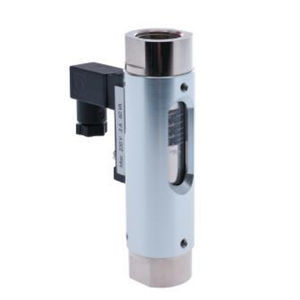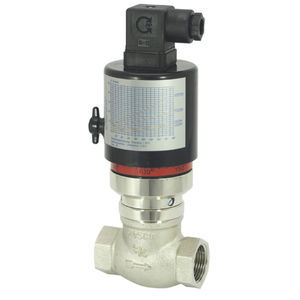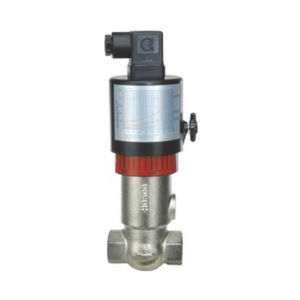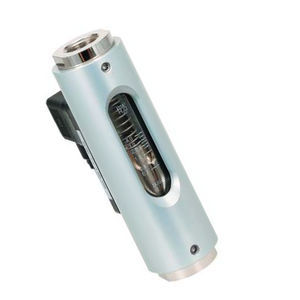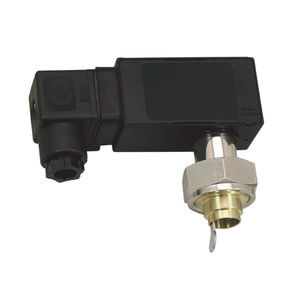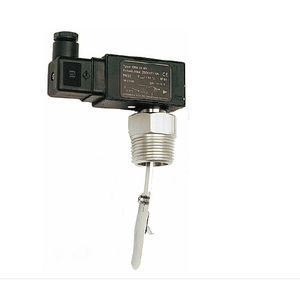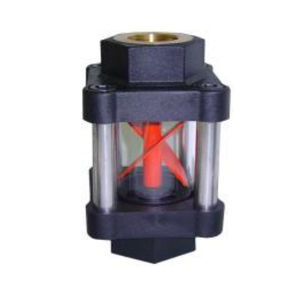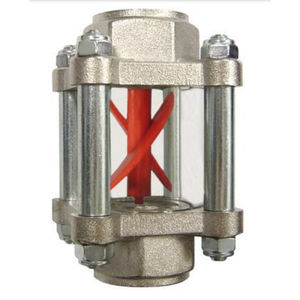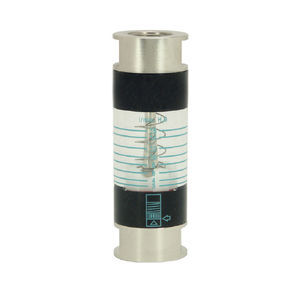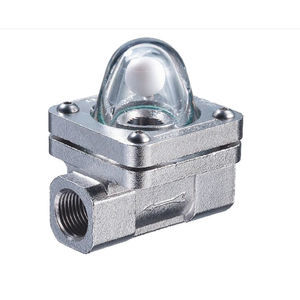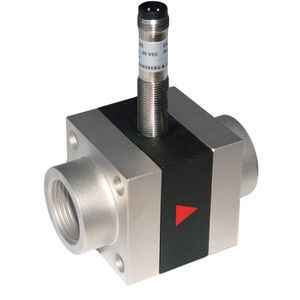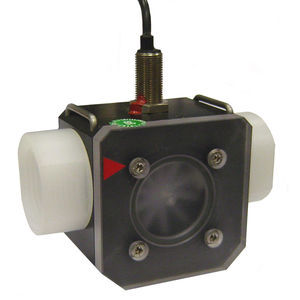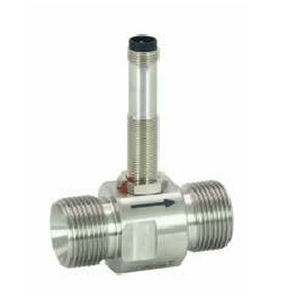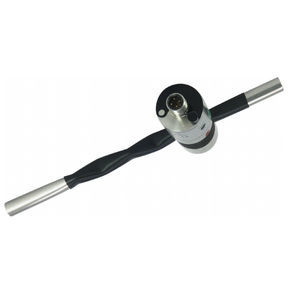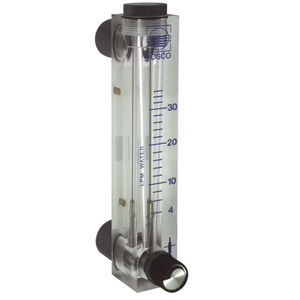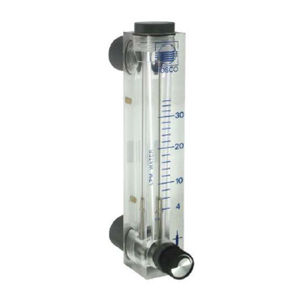
Positive displacement flow meter VHS series for high-viscosity liquidsstainless steelaluminum




Add to favorites
Compare this product
Characteristics
- Technology
- positive displacement
- Fluid
- for high-viscosity liquids
- Material
- stainless steel, aluminum
- Communication
- 4-20 mA
- Protection level
- IP65
- Volumetric flow rate
Max.: 2,500 l/min
(660.4301 us gal/min)Min.: 1.4 l/min
(0.3698 us gal/min)- Process temperature
Max.: 150 °C
(302 °F)Min.: 0 °C
(32 °F)- Process pressure
Max.: 350 bar
(5,076.32 psi)Min.: 0 bar
(0 psi)
Description
● Connection G 1..G 21/2
● Very low dependence on viscosity
● Can be used up to 40,000 mm²/s (cSt)
● Switching output and analog output (4..20 mA / 0..10 V)
● Light and compact device (aluminium housing)
● Operation and measurement possible with forwards and reverse flow
● For cost-sensitive applications
● Simple to use
● Cable outlet infinitely rotatable
Characteristics
The VHS flow transmitter measures the flow using the volumetric principle, and is suitable for fluid, viscous, lubricant media (e.g. lubricating oil). If the material for the VHS is selected appropriately, aqueous fluids such as soaps, pastes, and emulsions with non-abrasive characteristics can also be measured, as long as they have sufficient lubricity. Because of the volumetric functioning principle, the device is almost completely independent of viscosity.
The VHS system consists of two interlacing screws which run in opposite directions, driven by the flowing medium. A magnetically pre-tensioned Hall sensor positioned outside the flow space detects the screw flanks, and creates a frequency signal proportional to the flow. Here, every pulse corresponds to a specific measured volume. There are no magnets in the flow space.
The FLEX transducer on the sensor has an analog output (4..20 mA or 0..10 V) and one switching output, which can be configured as a limit switch for monitoring minimal or maximal, or as a frequency output or pulse output.
The switching output is designed as a push-pull driver, and can therefore be used both as a PNP or an NPN output.
Catalogs
SIGHT ILC
1 Pages
UNIVERSAL – VLC.810
2 Pages
Related Searches
- Flowmeter
- Liquid flowmeter
- Pressure transmitter
- Level limit switch
- Pressure gauge
- Level probe
- Liquid level limit switch
- Analog pressure transmitter
- Liquid level probe
- Gas flowmeter
- Stainless steel flowmeter
- Analog pressure indicator
- Pressure switch
- Waterproof flowmeter
- Relative pressure transmitter
- Membrane pressure transmitter
- Waterproof pressure transmitter
- Stainless steel pressure transmitter
- Analog level probe
- Mechanical pressure switch
*Prices are pre-tax. They exclude delivery charges and customs duties and do not include additional charges for installation or activation options. Prices are indicative only and may vary by country, with changes to the cost of raw materials and exchange rates.





